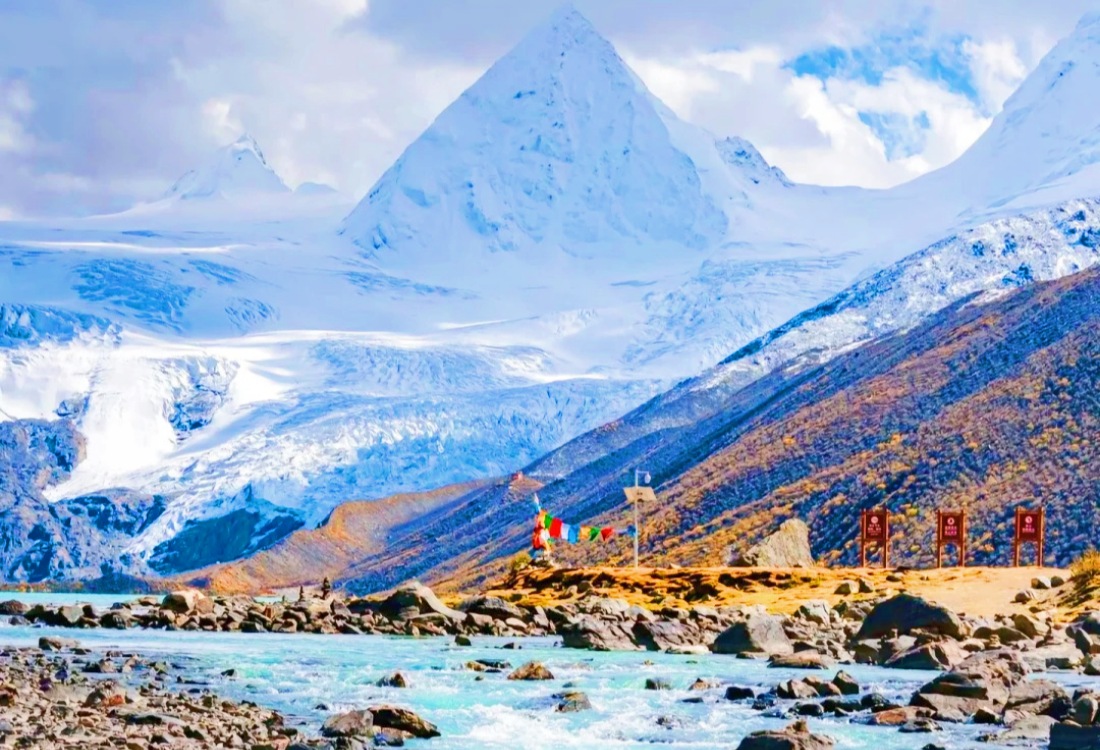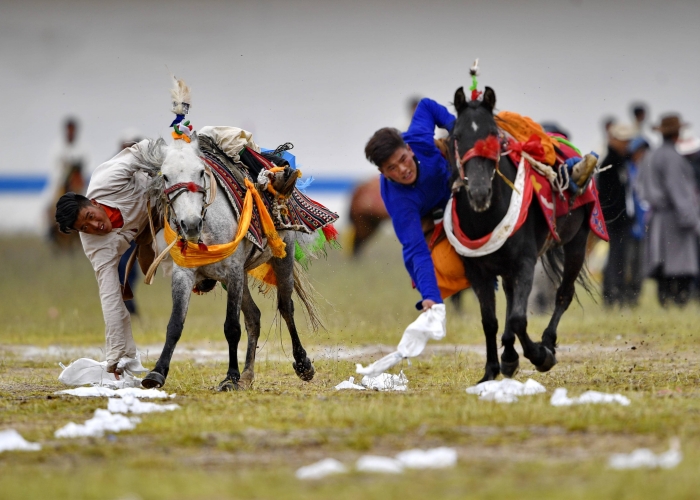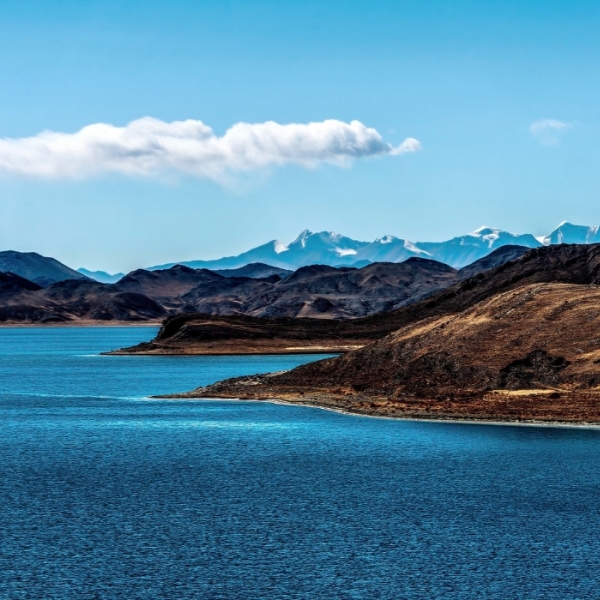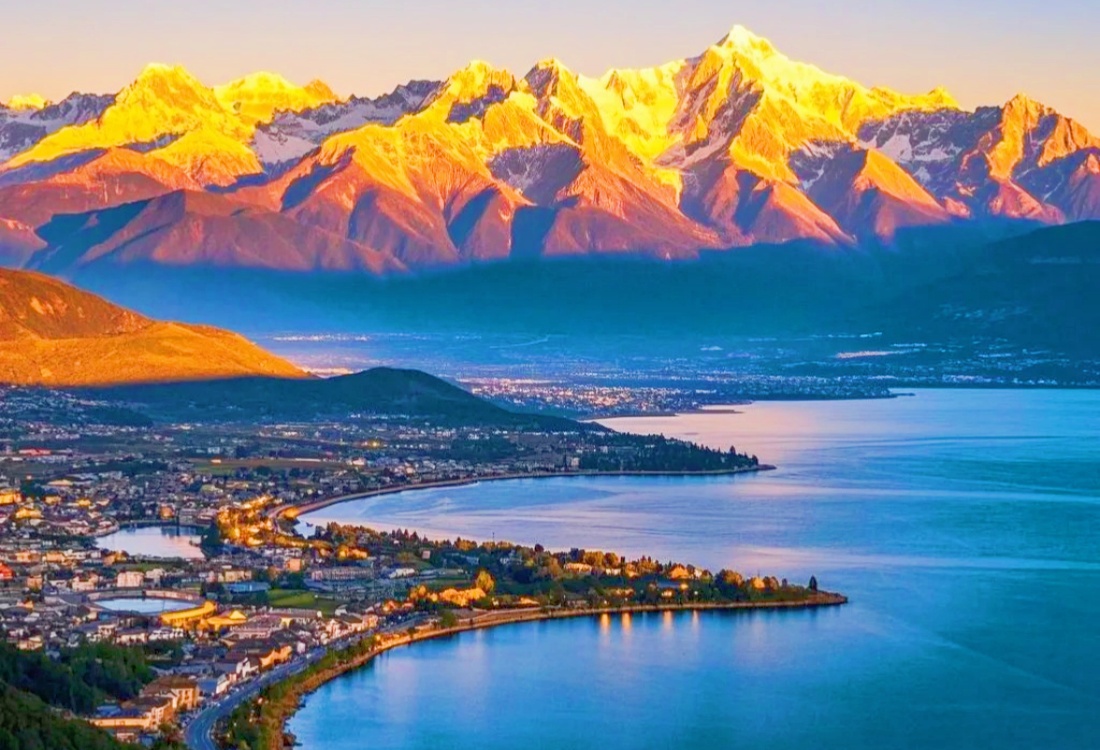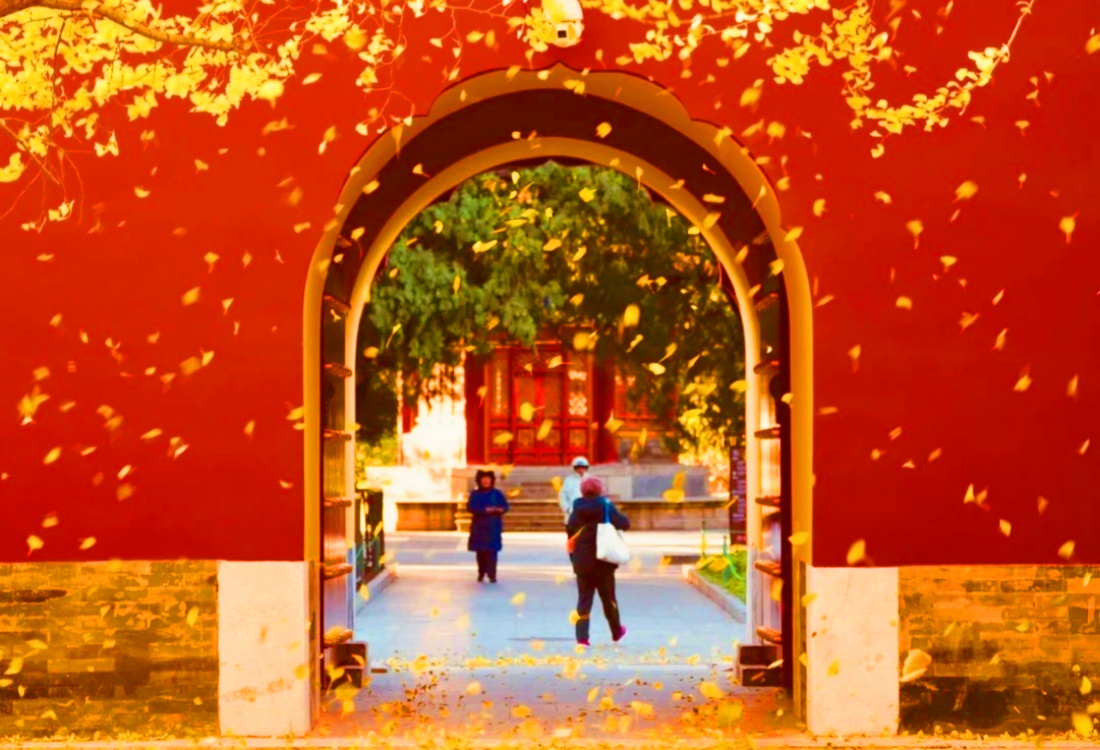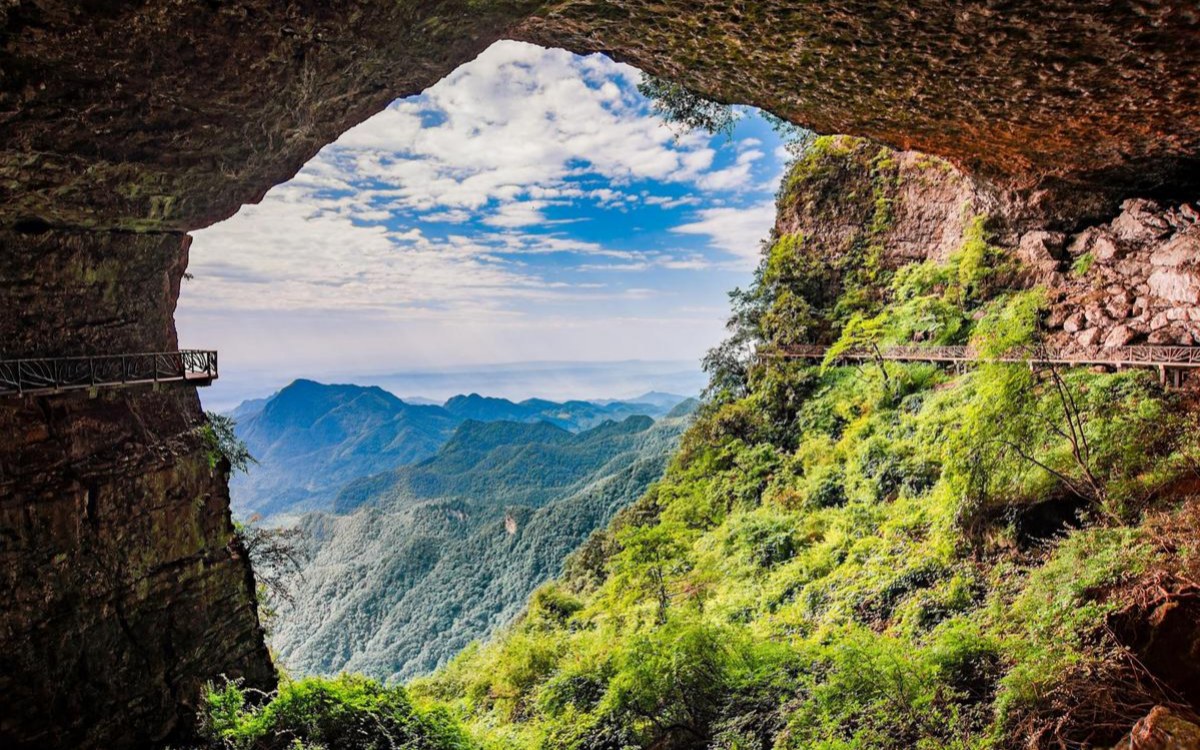Table of Contents
ToggleThis guide helps you uncover the best time to visit Tibet. Whether you’re dreaming of ancient monasteries casting long shadows on sun-drenched plains, breathtaking mountain vistas, or profound spiritual adventures, choosing the right season is paramount to an unforgettable Tibet trip. This article navigates you through Tibet’s unique climate, vibrant festivals, and insider knowledge, ensuring your journey is comfortable, exhilarating, and perfectly tailored to your desires.
Generally, April to October offers the most comfortable weather and clear skies, encompassing spring, summer, and autumn on the Tibetan plateau.
Spring in Tibet (April to May): A Season of Renewal
Spring is frequently lauded as one of the best time to visit Tibet. This period heralds milder temperatures as the harshness of winter recedes. Snow begins to melt at lower elevations, rendering roads and travel routes more accessible. April marks the onset of the peak tourist season, with average maximum temperatures hovering around 15°C (59°F).
May is especially favored for its lush green landscapes and the delightful bloom of wildflowers, with daytime temperatures potentially reaching 20°C (68°F) and night-time lows around 6°C (42°F).
Views of Mount Everest are exceptionally clear in May, making it an ideal month for both mountaineers and tourists seeking an unobstructed glimpse of the world’s highest peak. The Nyingchi region, famous for its peach blossom festival starting in late March or early April, is another significant attraction. While April can experience occasional rain and snowfall, May is generally warm and sunny, offering superb Himalayan views and fewer crowds than summer.
Highlights of Spring in Tibet
- Nyingchi Peach Blossoms: Witness valleys transform into a sea of pink.
- Clear Mountain Views: Excellent visibility for Mount Everest and other Himalayan giants.
- Comfortable Trekking: Ideal conditions for exploring trails before the summer heat.
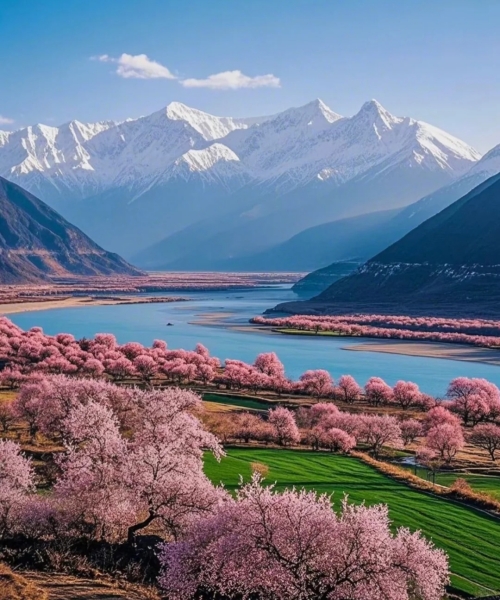
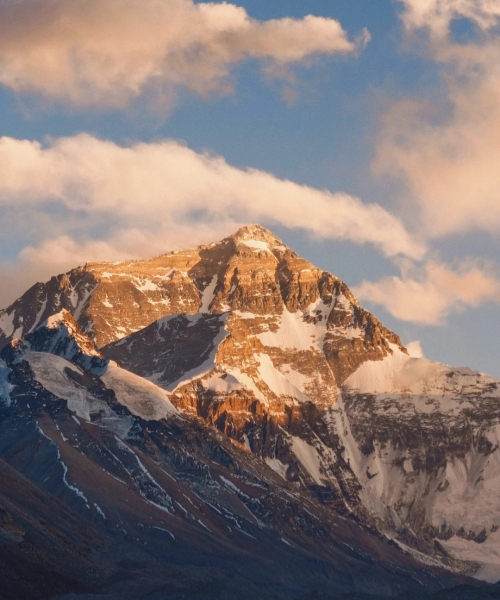
Summer in Tibet (June to August): Warmth, Greenery, and Festive Spirit
Summer is Tibet’s peak tourist season, drawing the largest influx of visitors, especially during July and August, coinciding with school summer holidays. The region is warm and bursts with vibrant greenery, making it perfect for sightseeing, visiting local farms to experience Tibetan herder life, or engaging in light hiking. Daytime temperatures can fluctuate between 9°C (48°F) and 28°C (82°F).
However, summer also marks Tibet’s rainy season, which typically runs from late May or June through September or October, with July and August seeing the most rainfall. Fortunately, the rain usually falls in the afternoon or overnight, leaving mornings and early afternoons clear for activities. Despite potentially larger crowds and higher costs for accommodation and attractions’ entrance, tourist services are at their peak, and the scenery is arguably at its most lush and favorable for many.
August is particularly dynamic, hosting significant festivals like the Shoton (Yogurt) Festival in Lhasa, the Nagqu Horse Racing Festival, and the Ganden Thangka Festival.
Summer Considerations in Tibet
- Lush Landscapes: Valleys and grasslands are at their greenest.
- Major Festivals: Experience vibrant cultural celebrations like Shoton Festival.
- Higher Oxygen Levels: Potentially easier acclimatization for some visitors.
- Rainy Season: Be prepared for afternoon showers, especially in July and August.
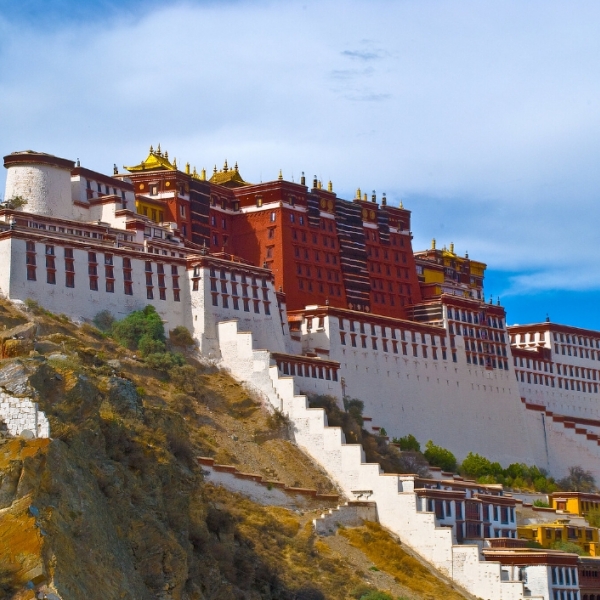
4 Days Lhasa Tibet City Tour : Potala Palace, Jokhang Temple
Autumn in Tibet (September – October): Golden Landscapes
Autumn is widely celebrated as another strong contender for the best time to visit Tibet. This season offers a delightful combination of pleasant temperatures, significantly less rainfall, and brilliantly clear skies, perfect for photography and outdoor exploration.
September still enjoys mild temperatures, and while it can be somewhat rainy at the beginning of the month, the rainy season generally subsides by mid-September.
October’s weather mirrors September’s, providing crisp, comfortable days and clear skies that are ideal for enjoying the stunning autumn foliage. This period also sees a moderate number of tourists compared to the peak summer months.
Autumn Highlights in Tibet
- Stable Weather: Minimal rainfall and clear, sunny days.
- Golden Foliage: Landscapes are painted in beautiful autumn colors.
- Ideal Trekking Conditions: Comfortable temperatures for extended hikes.
- Cultural Events: Opportunities to witness harvest festivals.

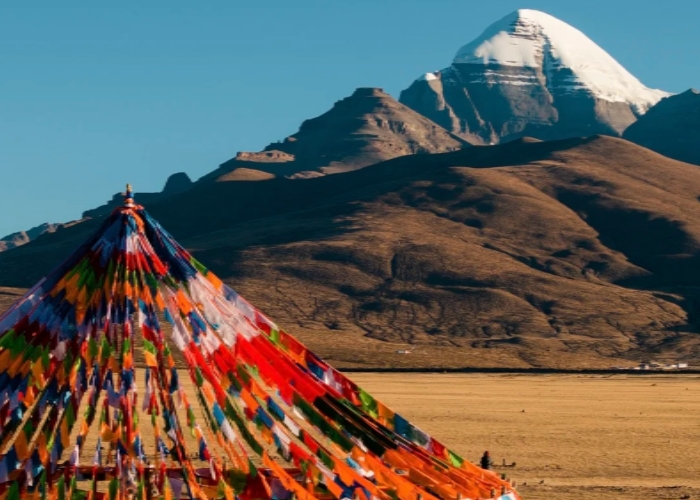
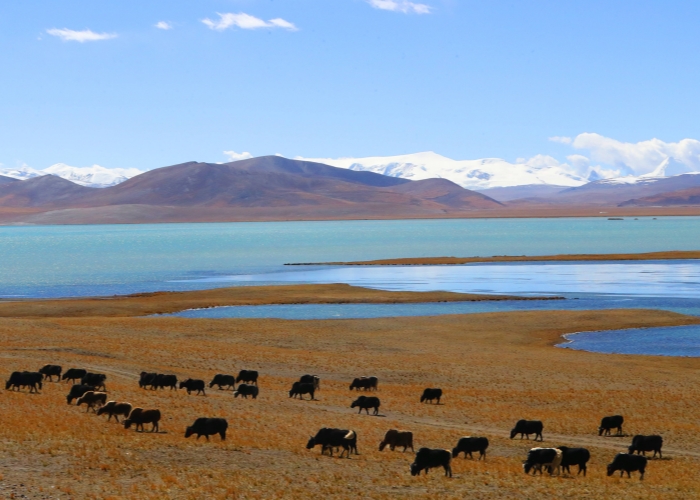
Winter in Tibet (November – March): Serenity and Sunshine
Winter in Tibet presents a different kind of appeal. It’s a cold and dry season, with temperatures typically ranging from -9°C (15°F) to 9°C (48°F). Nights are particularly frigid, often dropping well below freezing. However, winter boasts exceptionally clear skies and far fewer tourists, offering a more authentic, peaceful, and introspective experience.
Lhasa, aptly known as “The City of Sunlight,” receives over 3000 hours of sunshine annually, making winter visits to the capital surprisingly comfortable during the day. Many Tibetan pilgrims also choose to visit the Lhasa Valley in winter to avoid the more extreme cold in higher elevation areas. While some roads in northern Tibet might be blocked by snow, southern areas generally remain traversable.
Winter Wonders in Tibet
- Fewer Crowds: A more serene and personal experience at major sites.
- Budget-Friendly: Lower prices for tours, accommodation, and sometimes attractions.
- Abundant Sunshine: Especially in Lhasa, making daytime exploration pleasant.
- Pilgrimage Season: Witness devout pilgrims in and around Lhasa.
Activity-Specific Recommendations for Your Tibet Tour
|
Activity |
Ideal Seasons/Months |
Reasons |
|
Mountaineering |
April – May, September – October |
Clearest views, stable weather conditions, less precipitation. |
|
Trekking & Camping |
May, September – October |
Minimal rainfall, comfortable temperatures, vibrant landscapes. |
|
Photography |
Spring (April – May), Autumn (September – October) |
Brilliantly clear skies, vivid colors (wildflowers in spring, foliage in autumn). |
|
Attending Major Festivals |
August (e.g., Shoton Festival), also check specific festival calendars |
Experience unique Tibetan cultural and religious celebrations. |
|
Family Travel |
Summer (June – August) |
Milder effects of high-altitude, higher oxygen levels, warm weather. |
Essential Travel Tips for Your Tibet Tour
Regardless of when you determine the best time to visit Tibet is for your specific needs, a few universal tips will help ensure a smoother and more enjoyable experience:
- Altitude Sickness Awareness: Tibet’s high altitude can affect anyone. Plan to spend at least 2-3 days acclimatizing in Lhasa (around 3,650m or 11,975 ft) before venturing to higher elevations like Everest Base Camp. Move slowly, avoid strenuous activity upon arrival, and drink plenty of water. Consult your doctor about altitude sickness medication if you have concerns.
- Strategic Packing: Layering is key! Temperatures can vary dramatically between day and night, and also change rapidly with altitude and weather shifts. Pack a mix of lightweight and warm clothing, including thermal underwear, fleece jackets, a windproof and waterproof outer layer, hats, gloves, and scarves.
- Sun Protection: The Tibetan plateau has intense UV radiation due to its high altitude and thin air, even on cloudy days. High SPF sunscreen, sunglasses with UV protection, and a wide-brimmed hat are essential year-round.
- Permits and Guided Travel: Foreign travelers require a Tibet Entry Permit, which must be arranged through a registered travel agency in China. Additionally, foreigners must be accompanied by a licensed tour guide and travel in a designated vehicle for the duration of their trip in the Tibet Autonomous Region. It’s advisable to start planning and applying for your permit at least 20-30 days in advance of your intended travel date.
- Stay Hydrated: The air in Tibet is very dry. Drink plenty of water throughout the day (3-4 liters recommended) to stay hydrated and help with acclimatization. Avoid alcohol and caffeine, especially during your first few days at altitude.
- Respect Local Culture: Tibet has a rich and unique Buddhist culture. Be respectful when visiting monasteries and religious sites. Dress modestly (cover shoulders and knees), ask for permission before photographing people or inside monasteries (where it’s often prohibited).
- Cash and Connectivity: While mobile payment is common in China, carrying some cash (Chinese Yuan) is advisable for smaller purchases, especially in remote areas. Wi-Fi is available in most hotels in cities like Lhasa and Shigatse, but can be slow or unreliable in more remote regions. Consider getting a local SIM card for better connectivity.
Frequently Asked Questions (FAQs)
What is the absolute best month to visit Tibet for general sightseeing?
While “best” is subjective, many consider May and September/October to be ideal for general sightseeing. These months offer a good balance of pleasant weather, clear skies, comfortable temperatures, and fewer crowds than peak summer, making them an excellent choice for the best time to visit Tibet.
How cold does it get in Tibet during winter?
Winter (November to March) in Tibet can be quite cold, especially at night and in higher altitude areas. In Lhasa, daytime temperatures can be around 0-9°C (32-48°F) with abundant sunshine, but nighttime temperatures can drop to -9°C (15°F) or lower.
Do I need a special permit to visit Tibet?
Yes, all foreign travelers require a Tibet Entry Permit. This permit must be arranged by a registered travel agency in China as part of an organized tour. You cannot obtain it independently or travel freely without a guide and designated transport. Other permits, like an Aliens’ Travel Permit, may be needed for travel to areas outside Lhasa.
What are the chances of seeing Mount Everest clearly?
The best chances for clear views of Mount Everest are typically during spring (April-May) and autumn (September-October) when the weather is more stable and there’s less cloud cover and precipitation. Summer (June-August) is the monsoon season, and while you can still get lucky with views (often at sunrise or sunset), clouds can obscure the peak for extended periods.

